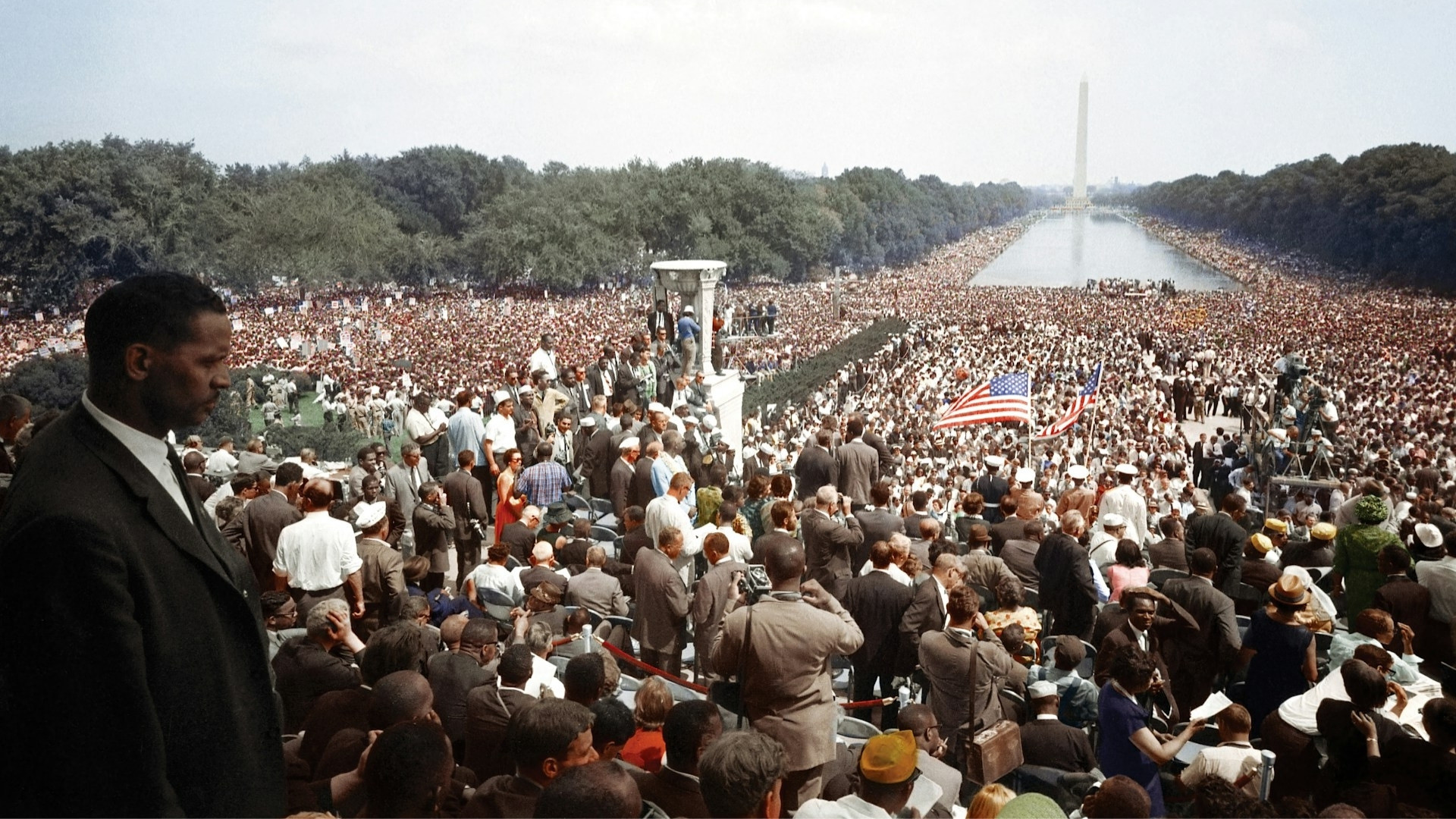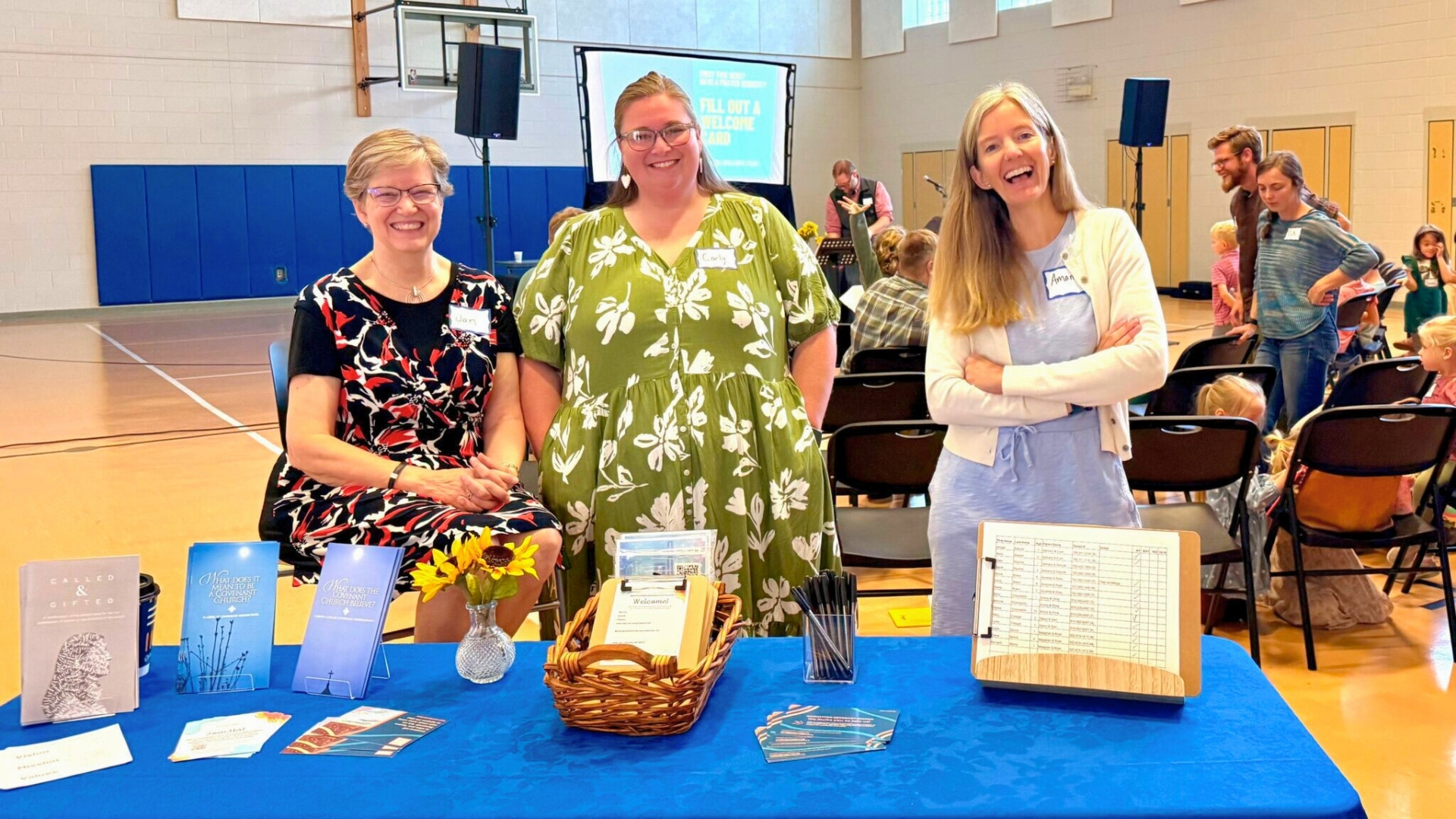Finding Creative Ways to Bridge the Gaps
As we approach the annual transition from spring into summer, seasonal rites such as cookouts, sporting events, school plays and concerts, and end-of-school-year parties, take place.
And for many youth groups, it also signals the run-up to Unite—our Covenant youth event traditionally held on a triennial basis. After a hiatus during the pandemic, several regional conferences pooled their resources and staged smaller Unite events in 2022. This year Unite is officially back, held in two locations: Unite West in San Diego, California, and Unite East in Bowling Green, Kentucky.
The View from the Northwest
For most congregations, preparing for Unite means fundraising. After all, the costs include not only room and board for the weeklong event, but also travel and fees for planned excursions. As a result, Covenant families and churches have gotten creative in their attempts to raise the money needed to send their youth to Unite.
Being a Pacific Northwest native, I’m used to traveling long distances to get to Covenant events. But my sense of long-distance pales in comparison to my brothers and sisters in the Alaska Conference. To get a sense of what it’s like for them to make the trek to Unite, I spoke with associate superintendent Brian Nanninga.
“As Alaskans, we’re accustomed to everything costing more for us to participate,” said Nanninga. “If you’re talking about attending a conference in the lower 48, the travel costs are significant. Even getting from a rural village to a travel hub is a lot. For our church in Mekoryuk, for example, it’s $500 round trip to get to Bethel. But they still have to get from Bethel to Anchorage, and then from Anchorage down to the lower 48. To send four or five students to Unite from a village might exceed that church’s entire budget for the year.”
Still, Nanninga believes there is value in the fundraising process besides the money itself.
“Yeah, the resources are limited, but there’s a beauty in that because it requires the whole community to step up. It’s not just the students themselves, but the whole village fundraising on their behalf. I was in Unalakleet this past spring, and when the Iditarod dog sled race came through, they were raising money for Unite. People from all over the community were baking pies and bringing them to the church. Visitors from around the world who were there for the Iditarod race came in and bought a slice of pie and sat down and built relationships with people who had grown up in Unalakleet and had never really left. It was a beautiful cross-cultural experience, and it highlighted the fact that it does take a village to send a student to Unite.”
The Fundraising Challenge
Even among churches or families with an extensive history with the Covenant, the amount it takes to send one student—let alone a whole youth group—can feel expensive, sometimes prohibitively so.
Taking a brief Facebook survey, I saw Covenant youth serving in silent auctions and coffee carts, and helping with rummage sales, childcare, bake sales, taco nights, and pancake breakfasts to help raise money. One enterprising youth group turned the tradition of egging your neighbor’s house into a fundraiser.
(They were plastic Easter eggs, but still.)
At Access Covenant Church in southeast Portland where I help serve our youth group, we staged a fundraising event featuring hip-hop music and stand-up comedy. It was a great way to present ourselves to the community and to support local artists, all of whom were people of faith looking to invest in the next generation of Christian youth.
Yet in some contexts, even these creative efforts are inadequate. In fact, the term “fundraising” itself can be problematic, implying that the money is present, on the ground as it were, and just needs to be picked up like a crop to be harvested or a field to be gleaned. The truth is, in some Covenant communities youth can use fundraising activities to strategically approach church members, local businesses, and private benefactors, sometimes even making direct asks for contributions. But in other communities, the money simply isn’t there, at least not in the same proportion.
The View from the Southeast
Dr. Veronica Gilliard, a third-generation Covenanter who serves as director of leadership and credentialing for the Southeast Conference, interfaces with pastors and youth workers in her role. “In small conferences you really have a shared team model,” she said, “so everyone does a little bit of everything. I get to help the conference embrace the challenge and the opportunity of what it looks like to minister to the entire family—and of course, youth ministry is a piece of that.”
I asked her what fundraising looks like in her context.
“Storytelling is everything—telling the story of who our youth are, the experiences they’ve had, and the ones they want to have. We’ve got snowbird churches, for example, in Florida that literally do not have this generation represented at all. There may be a real desire to invest in youth ministry, but the access, the relationship outside of the church context, is not there.”
Beyond the relational factor, Gilliard says resources in general can be an issue.
“We’ve got rural churches that are under-resourced, and urban churches and communities that are actively being depleted of resources. In both circles, I’m hearing from youth who are saying, ‘If I get to go to Unite, this will be my first time ever being on a plane. This will be my first time leaving my state.’ I want to talk about their hopes and their goals and their dreams and to ask the community, ‘How do we rally around this student and make this happen?’”
And the barriers exist not only for students but for adults too.
“We’re often dealing with really small churches—30, 40, 50 people—and youth groups run by volunteers, sometimes by the pastors themselves, many of whom are bi-vocational or even multi-vocational. So for them to take a week off of work to accompany these students is a big ask. We’re one of those conferences that’s really spread out geographically—from Mississippi up to North Carolina and all the way down to Florida. So for my churches in Miami to get to Bowling Green is a haul. It’s going to cost a lot of money.”
Covenanters, Unite
The truth is, as Covenanters, we are the village that Brian Nanninga talked about. No matter which conference, state, county, city, or town we call home, we all belong to the family of God. Earlier this year, Covenant Ministries of Benevolence, Covenant Trust Company, and National Covenant Properties donated more than $54,000 to create a Unite 2024 scholarship fund. That act of generosity will assist more than 300 students.
In some contexts, congregations and conferences are able to surpass their group’s fundraising goals and join together to also give to the Unite Legacy Fund. These efforts make it possible for more teens in future generations of Covenanters to experience Unite. We know that God can do all things—let’s participate with him to help move those obstacles out of the road.














